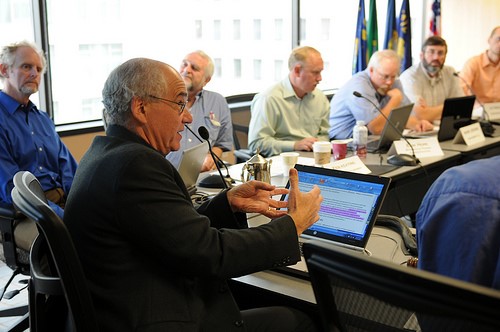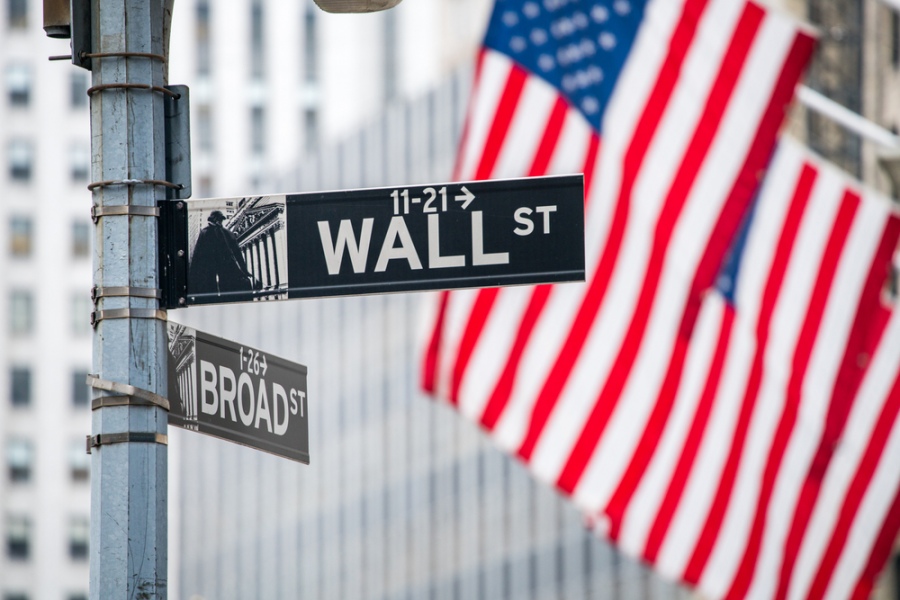Promises of greater efficiency and market share entice several big businesses to merge every year. Some partnerships are so successful that in time we can’t imagine one without the other, while other collaborations put the final nails in the corporate coffins. Read on to learn how some of the biggest business mergers changed the financial landscape forever.
Exxon and Mobil: Big Oil Gets Bigger
The oil industry represents about 10 percent of the world’s trade, more than any other commodity on the planet. So the two largest firms in the sector, Exxon and Mobil, knew they would enjoy an unrivalled position in the marketplace and maximize their potential for future gas and oil discoveries if they pooled their resources.
It took around six months of negotiations, but in December 1989 Exxon and Mobil signed an agreement worth more than $80 billion to become ExxonMobil. It was a serendipitous decision which saw the firms John D. Rockefeller built up in the 19th Century, Standard Oil Company of New Jersey and Standard Oil Company of New York, coming together.
ExxonMobil has maintained its stronghold on the oil market ever since. It’s not just the biggest oil refiner in the world; it’s also the largest company by revenue and the largest publicly traded company by market capitalization.
Ernst & Whinney and Arthur Young: Raising Professional Services Profile
In the late ’80s, Ernst & Whinney was the world’s fourth ranked professional services firm and Arthur Young the fifth. In 1989 they decided to usher in the next decade us a united force dubbed Ernst & Young.
With the combined might of both firms, Ernst & Young spent the ’90s developing its consultancy arm. However, the U.S Securities and Exchange Commission became concerned about conflicts between consulting and auditing work at Ernst & Young and other professional services companies. In May 2000, Ernst & Young became the first of these firms to sell off its consulting practices, a move which netted the business $11 billion.
Today Ernst & Young is one of the world’s “Big Four” accounting firms, and America’s eighth-largest private company with sales of $24.4 billion for 2012. Under the guidance of chairmen and chief executive officers Jim Turley and Mark Weinberger, Ernst & Young was also named the best accounting firm to work for by Forbes Magazine last year.
AOL and Time Warner: Entertainment Giants Get it Wrong
The merger of AOL and Time Warner teaches us that bigger isn’t always better. Worth an estimated $162 billion, the 2001 pairing of internet service provider AOL and media firm Time Warner was the biggest merger in American history. It meant to “lead the convergence of the media, entertainment, communications and internet industries, and provide wide-ranging, innovative benefits for consumers.” Sadly though, it didn’t deliver.
The dotcom collapse of 2002 saw the newly formed AOL Time Warner recording a $99 billion loss, the largest in history at that time. The merged firm persevered for a few years, but by December 2009 AOL and Time Warner had parted ways. No wonder Time Warner chief Jeff Bewkes called this merger “the biggest mistake in corporate history.”
Merging can be a gamble. When it works it pays real dividends, but when it doesn’t both companies often find themselves sunk.





